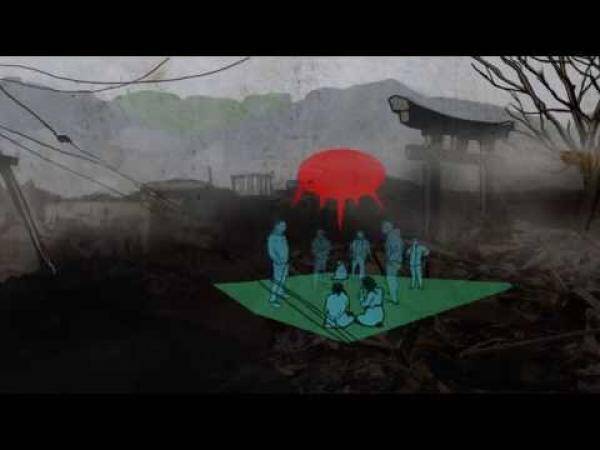Strengthening the commons
A large earthquake and tsunami struck the area on March 11, 2011. The consequence was a strengthening of traditional behaviors also found among commoners in Japan’s commons communities, including coastal areas. The events facilitated collective action and improved livelihoods in the immediate aftermath of the disasters. It also empowered some younger community members to form non-profit groups and take action. The greatest collective action-activities took place in the two months following the earthquake and tsunami (April-May 2011).
An example of such developments involved Taro-cho (Taro Town) and the Omoe Fishing Cooperative in Otobe cho, both located in Miyako City, Iwate Prefecture. The Otobe and Omoe area is quite remote, on a peninsula across Miyako Bay from Miyako City so all roads to the city were out. It took a week before anyone from the community managed to get to the city and once they found out there was no food or water there, they realized they would have to take care of themselves. Subsequently, they pooled their food and water and set up a sharing arrangement which got them through the first month after the events. In Taro, one of the on the other side of the bay, further north, there were other examples of sharing: for example, gasoline was pooled in destroyed gas stands among people, because else people had to go as far as Morioka to get help and supplies.
In an area further south, the way of harvesting seaweed changed completely because of the events. Prior to the tsunami, seaweed harvesters worked as individual households with their own space and their own equipment; since all their equipment was destroyed, they formed cooperative work groups and worked together. In yet another town, they planned rebuilding (on new, higher ground) away from the coast and strove to gain consensus as a group to plan the new housing.
Key factors
Key factors in this case was the need to save lives combined with the traditional expectations of behavior and local leadership. Local hamlet members as well as Fishing Cooperative Association members were involved and benefited from these actions
IASC involvement
Although the IASC had no direct connections with the region, the IASC visited this area of Japan during the XIV Biennial IASC-Conference in 2013, where local people informed the conference participants about their activities during and after the 2011 earthquake and tsunami.
Authored by: Alyne Delaney, Head of Research Innovative Fisheries Management, Aalborg University (Denmark)



